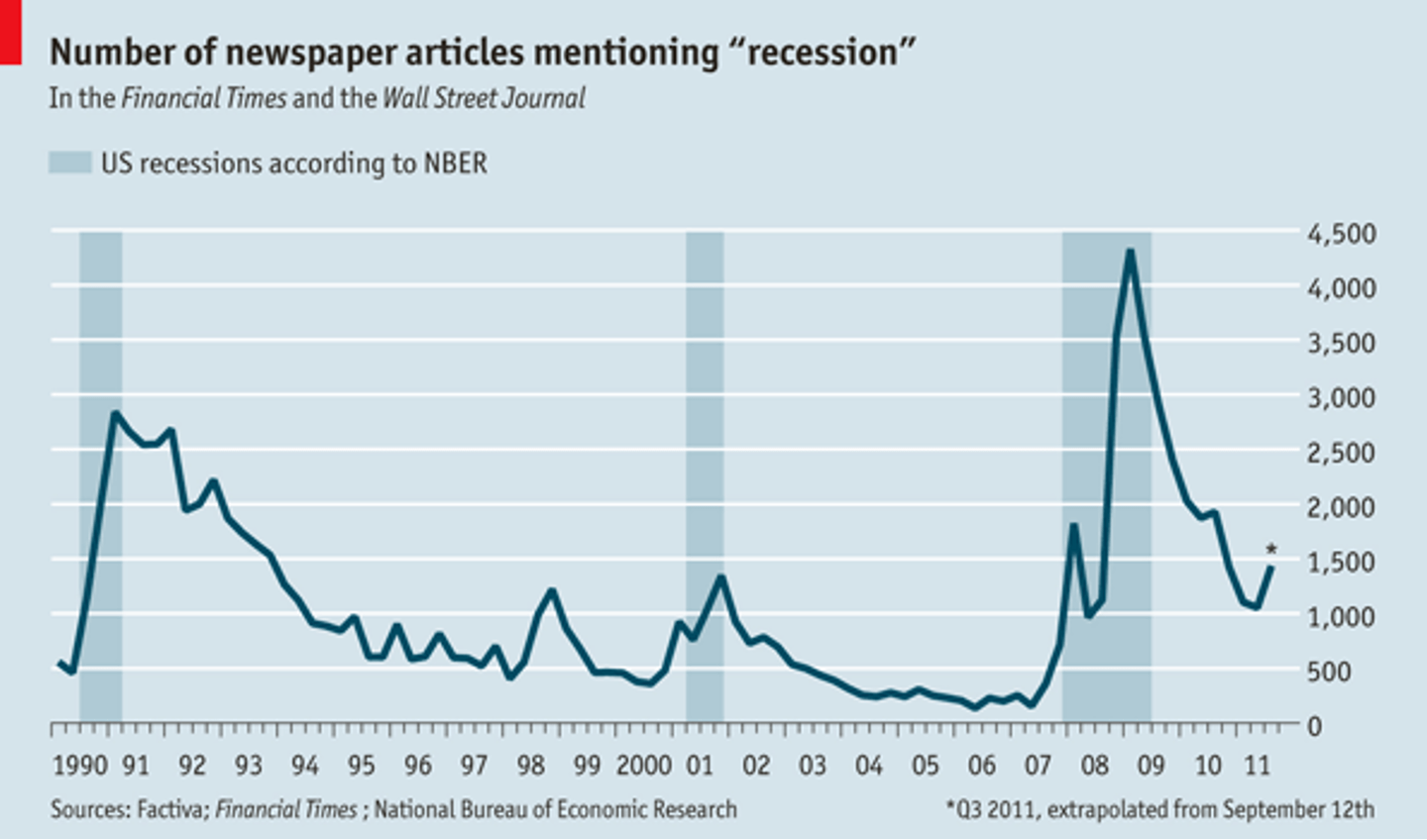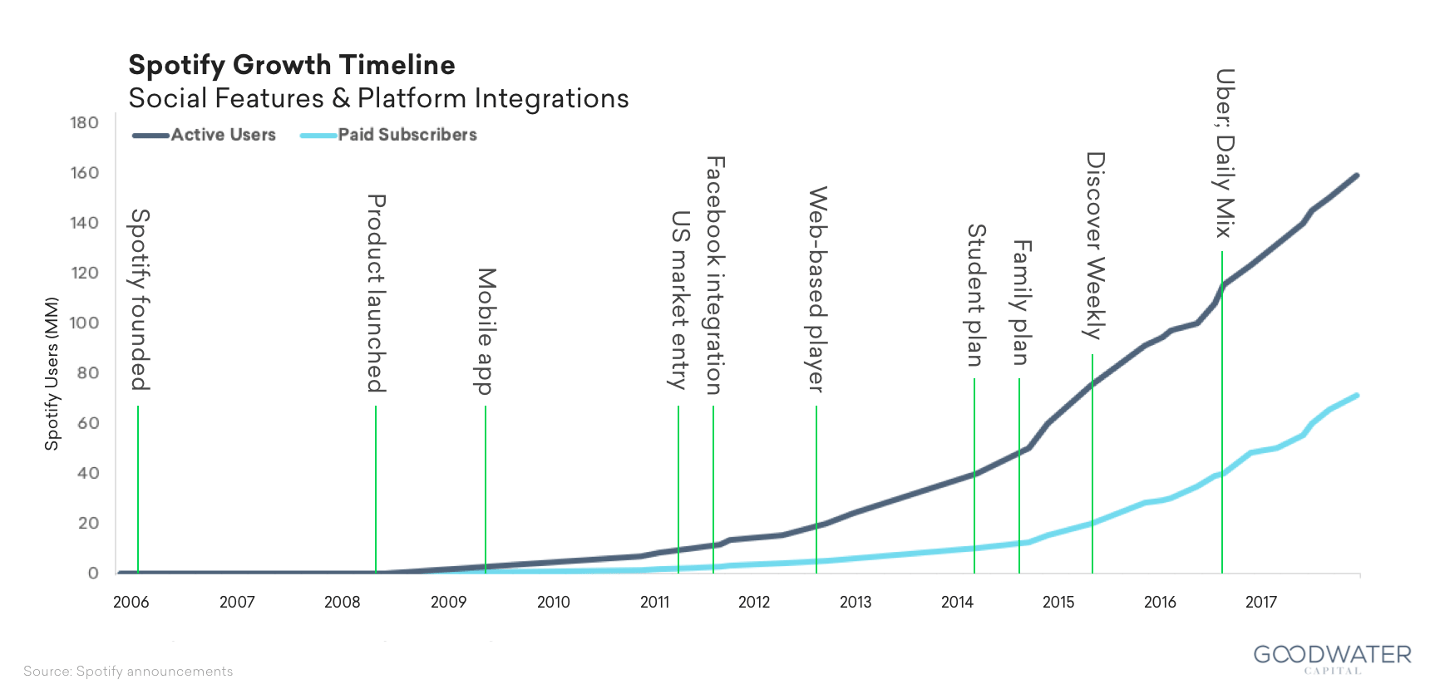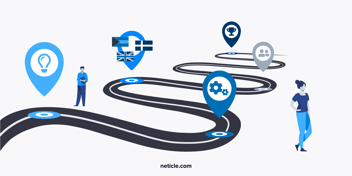Research is the basis of all innovation
Neticle’s been analyzing and evaluating textual data for 12 years, and we know that there is so much insight that can be extracted both from client data and data collected from outside sources. It is very clear to us how important disruptive innovation and modernization are, but we see it time and again that these yield the best results when the innovators are thinking and planning in a data-driven way.
Why are we saying that? Here are a couple of great examples for times when data analysis revealed something huge or unexpected.
- The „R” index – the amount of articles mentioning the word recession in the Financial Times and in Wall Street Journal foretells crises.

- News analysis could have predicted the Arab Spring – the tone and opinions around Mubarak had been the most negative ever before it broke out.
- Tweets can detect the death of an app: the social decay foretells diminishing usage.
- Analyzing writers’ word usage, a writer’s style can be identified based on their most frequently and most rarely used words. This method can be used to identify the author of texts where the origin is debatable.
- A sentiment correlation research conducted on Weibo showed that negative emotions spread faster than positive ones, especially anger.
Innovation is simply cool
Disruptive tech stories are hugely inspiring to us, because they begin with entrepreneurs recognizing unmet needs within a specific market, and then, usually several years later, they end up becoming the new standard, completely transforming the existing market. Three of our favorite examples are Netflix, Spotify and Visa, all three of whom are still transforming the way we consume movies and tv shows, how we listen to music and how we pay.
Netflix started out as a DVD rental company with a mailing service in 1997, but ten years later, they made a bold move towards streaming services, which became their main focus by 2010. Since then, they have reshaped the way we watch films and series and become synonymous with on-demand, accessible entertainment.
Spotify’s innovation lies in allowing customers to listen to music on demand, and it started with the mobile app and then the Facebook integration. Their web-based platform only launched seven years after the company was founded, clearly showing their forward thinking and trust in apps. Today, they’re still adding different plans and mixes, reframing the context of listening to music.

Visa already began disrupting the world of transactions in 1958 by issuing the first credit card. By now, cash has been replaced in so many ways: contactless payments, mobile wallets, and digital transactions have long become the norm, and Visa are still striving to make payment seamless and easily accessible.
So, what does it mean to be innovative?
Innovation has a colorful and wide spectrum – let’s see a few approaches to what it really means.
- “Innovation is the systematic practice of developing and marketing breakthrough products and services for adoption by customers.” – McKinsey & Company
- “Innovation is the use of new ideas, products or methods where they have not been used before.” – European Commission - Eurostat
- “Innovation is a product, service, business model, or strategy that's both novel and useful. Innovations don't have to be major breakthroughs in technology or new business models; they can be as simple as upgrades to a company's customer service or features added to an existing product.” - Harvard Business School
Looking at these definitions, it’s clear that our approach needs to be inclusive. Innovation doesn’t only affect the product; it should also be applied to marketing it. However, for a team or a company, even a basic digitalization process can act as groundbreaking innovation. What these examples teach us is perhaps best expressed in the Harvard Business School definition: it shows that innovation is relative, the main requirement is for it to be useful.
Innovation is not just an “Aha!” moment, we must continuously strive to understand our clients and environment. Only when something has become useful and reliable can we call it truly innovative. This is what the Hype Cycle of Emerging Technologies by Gartner teaches us. Which one will reach the plateau of productivity and when?
Which research methods can help us innovate in this sense?
There are loads, as you can see, but you shouldn’t forget that your own existing data already has enormous hidden value. This is the purple section of the chart – we encourage you to dig into it!
The Zurvey.io approach
When starting work with a new client, we always begin with mapping stakeholders. We consider this the first step because we cannot help any client without truly understanding what and where their problems are. Which teams can we support and how? What are the available data sources? What are the client’s biggest questions? Finally, we need to think about outputs, too. How can we make sure the results are distributed to everyone involved? Results won’t be useful if they don’t reach the people who can benefit from them, so exporting and integrations are key elements.
A typical example of how Neticle supports innovation is by uncovering the reasons of frustration in app reviews. Even though the development of apps has come a long way, frustration with them is still very common and is often connected to the most basic elements, such as logins and updates. And, if it makes users angry, we know it will spread rapidly…
We cannot emphasize it enough: it’s more than worth it to be data driven and innovative – it’s a must if you want to make a real difference.
The story in this blogpost was first presented by Péter Szekeres, CEO & co-founder of Neticle, at the 2023 Marketing Summit.
Share:


